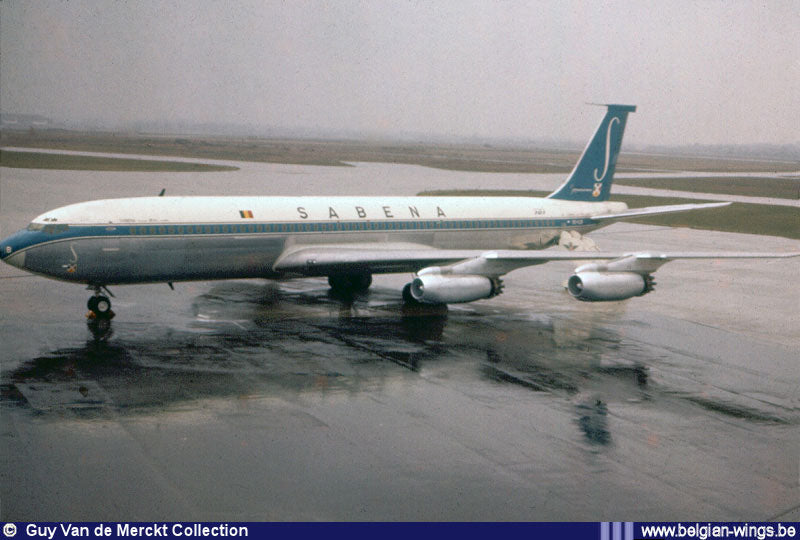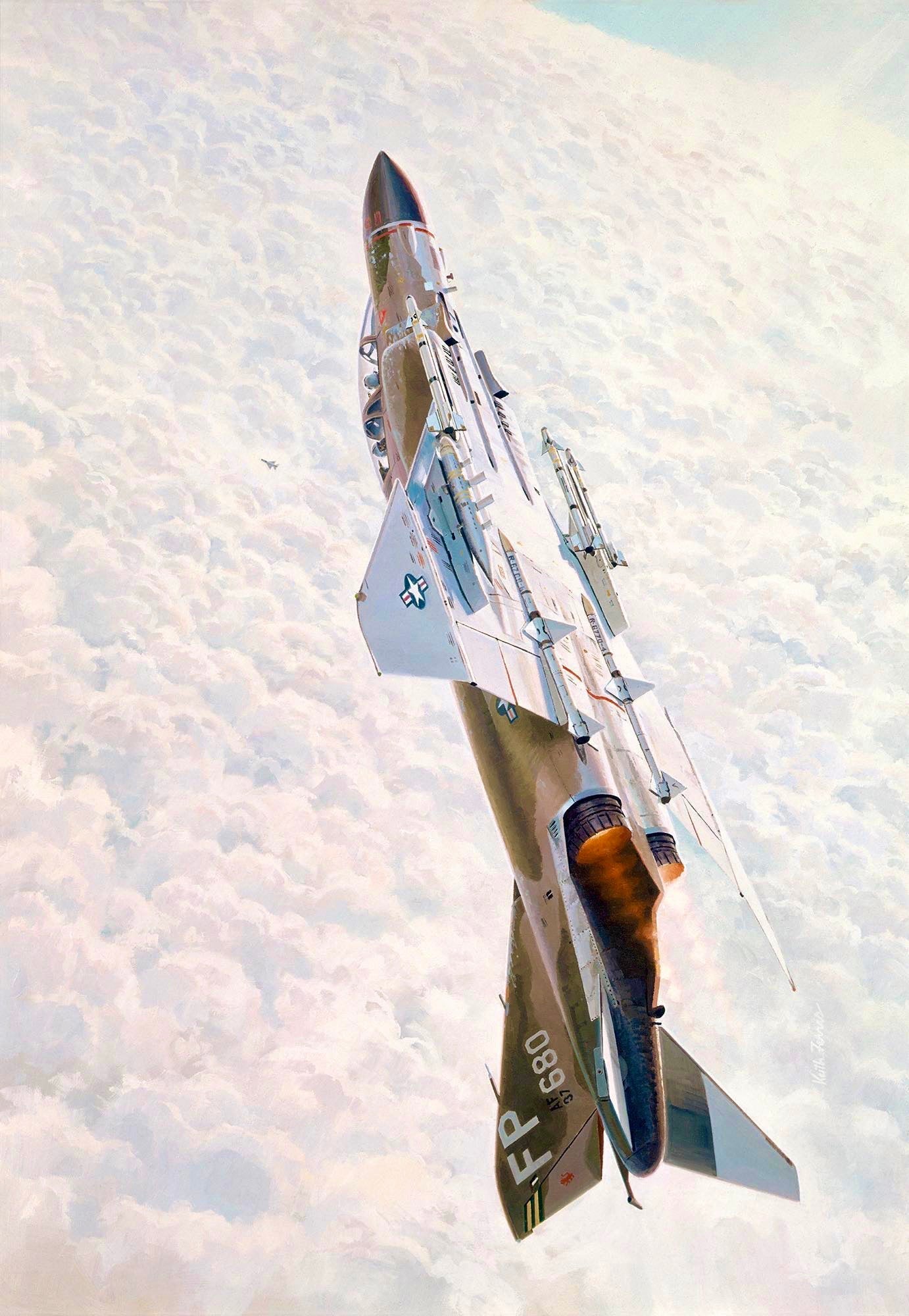Flying High
Today we all enjoy comfortable flight in modern jet powered passenger aircraft which cruise at altitudes as high as 45,000 feet.
What many do not realize is that the outside air temperature at those altitudes is around minus 70 degrees Farenheit while the atmospheric pressure at that altitude is 4.29 inches versus 29.9 inches at sea level!
In other words, if you are not in a pressurized vessel like a modern aircraft you would die in seconds if exposed to those conditions.
So imagine the conditions that Major Rudolph William Schroeder, Air Service, United States Army experienced on February 27, 1920.
On that date he flew a Packard Lepère L USA C.II biplane to a Fédération Aéronautique Internationale (FAI) World Record Altitude of 10,093 meters (33,114 feet)!

Major Rudolph William Schroeder.
The Airplane
The Packard Lepère L USA C.II biplane he flew was powered by a turbo super charged Liberty L-12 engine producing 443 horsepower.
The aircraft was a two-place fighter which was designed by a French Engineer by the name of Capitaine Georges Lepère for France's military air service.
The airplane was built in the US by the Packard Motor Car Company in Detroit, Michigan.

Specifications
- Fuselage Length: 25 feet 3 1/8 inches;
- Wingspan: Both Upper and lower wings are 41 feet 7 1/4 inches wide;
- The vertical gap between wings: 5 feet 1/8 inches;
- Emply weight: 2,561.5 pounds;
- Maximum gross weight: 3,746 pounds;
- Engine: 1,649.34 cubic inch displacement Libery 12 engine;
- Maximum speed: 130.4 mph;
- Range: 320 miles.
Only 28 were built, and the sole remaining airframe in existence is at the National Museum of the USAF, Wright-Patterson AFB, Ohio.

The only Packard Lepère L USA C.II in existence, serial number A.S. 42133
Rudolph William Schroeder
Rudolph William Schroeder was born on August 14, 1885 in Chicago, Illinois, and attended the 4-year Crane Tech Prep high school in Chicago where he studied to become an airplane mechanic.
Schroeder's interest in aviation led him to build a number of gliders between 1908 and 1910. He was a mechanic for Otto Brodie, one of the earliest exhibition flyers until 1913.
Schroeder enlisted in the aviation section of the U.S. Army Signal Corps in October of 1916, and was rapidly promoted becoming a Major in September of 1918.
Schroeder was the chief test pilot of the Engineering Division, McCook Field in Ohio, where he insisted on the development of a free-type parachute pack which had been invented by Floyd Smith and in 1919 was the first air service aviator to wear one.

Floyd Smith, inventor of the parachute in 1919.
Among his other achievements, Schroeder was the first to open a night flying school, and began trying to set the altitude record for airplanes.
The Record Setting Flight
On February 27, 1920, Major Schroeder took off from McCook Field, Ohio, to attempt to set a world altitude record.
However, many of the details are sketchy as to what happened during the flight, however, he did set a Fédération Aéronautique Internationale (FAI) World Record Altitude of 10,093 meters (33,114 feet).
During the flight the barograph he carried on the aircraft recorded a peak altitude of 37,000 feet; however, once he landed and the device was calibrated it indicated that his maximum altitude waw 36,020 feet.
Unfortunately, the Aero Club of America, whose representatives felt that the proper procedures for setting the record had not been followed, and declined to accept that altitude record height.
There are apparently some differing accounts of what transpired during the flight, including problems with Major Schroeder's oxygen system in which a valve may have frozen, or the regulator malfunctioned, or one of the oxygen tanks had been empty.
Schroeder reported that he had began to pass out and experienced hypoxia, losing control of the aircraft before Schroeder recovered and landed safely back at McCook Field.
The aircraft had been installed with recording instruments which showed that the outside air temperature had plummeted to minus 67 degrees Farenheit.
This resulted in his flying goggles being iced over, and upon raising his googles he injured his eyes from the increbile cold.

Capt. Rudolph Schroeder stands by the fuselage of a Bristol fighter, the type in which he set a world altitude record in 1918. (U.S. Air Force photo)

A display at the USAF Museum honoring the high altitude records set by Rudolph William Schroeder.
Rudolph William Schroeder passed away in 1952.
I hope you enjoyed this trip through some of the history of aviation. If you enjoyed this trip, and are new to this newsletter, sign up to receive your own weekly newsletter here: Subscribe here!
Until next time, keep your eyes safe and focused on what's ahead of you, Hersch!







Leave a comment
This site is protected by hCaptcha and the hCaptcha Privacy Policy and Terms of Service apply.